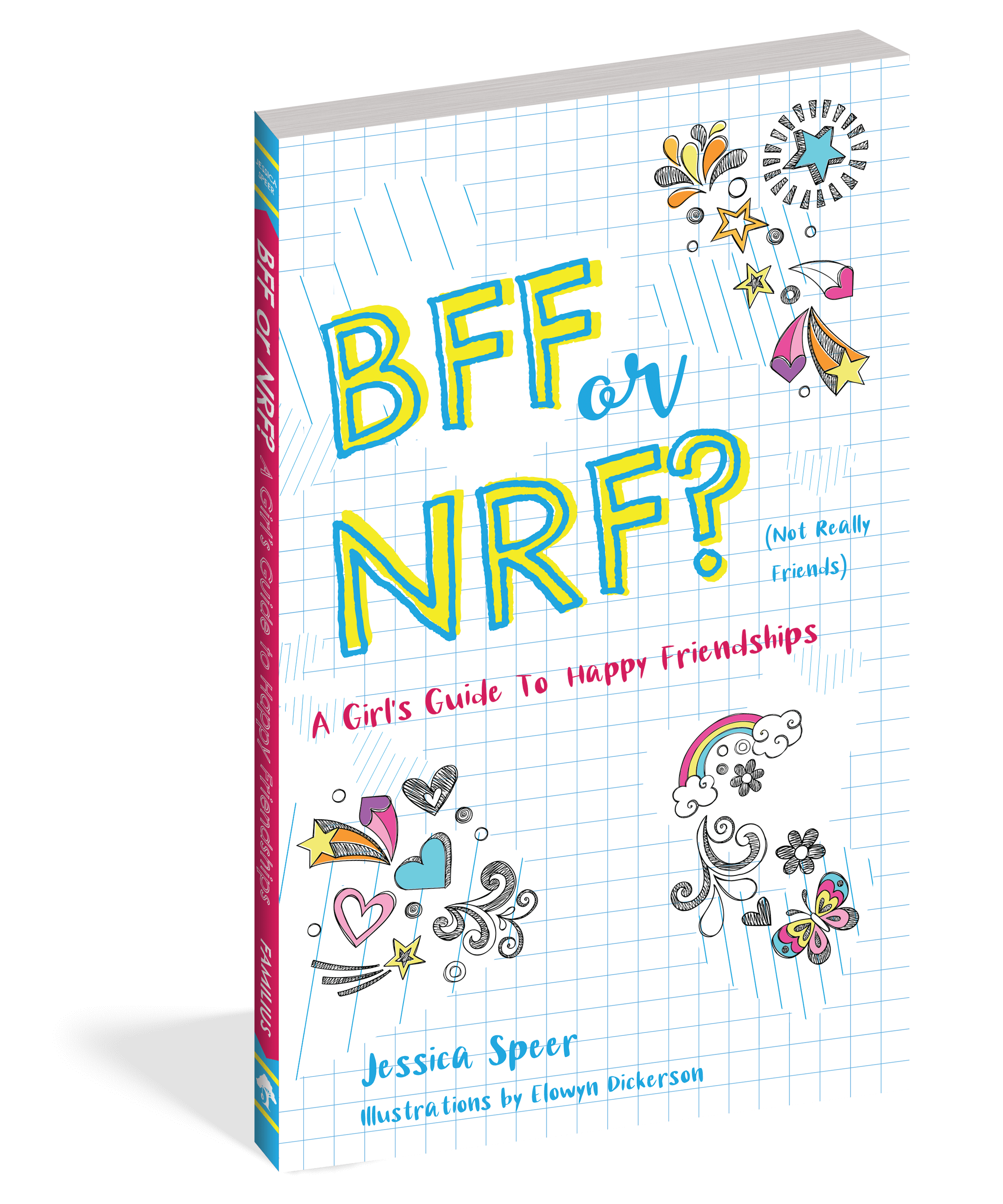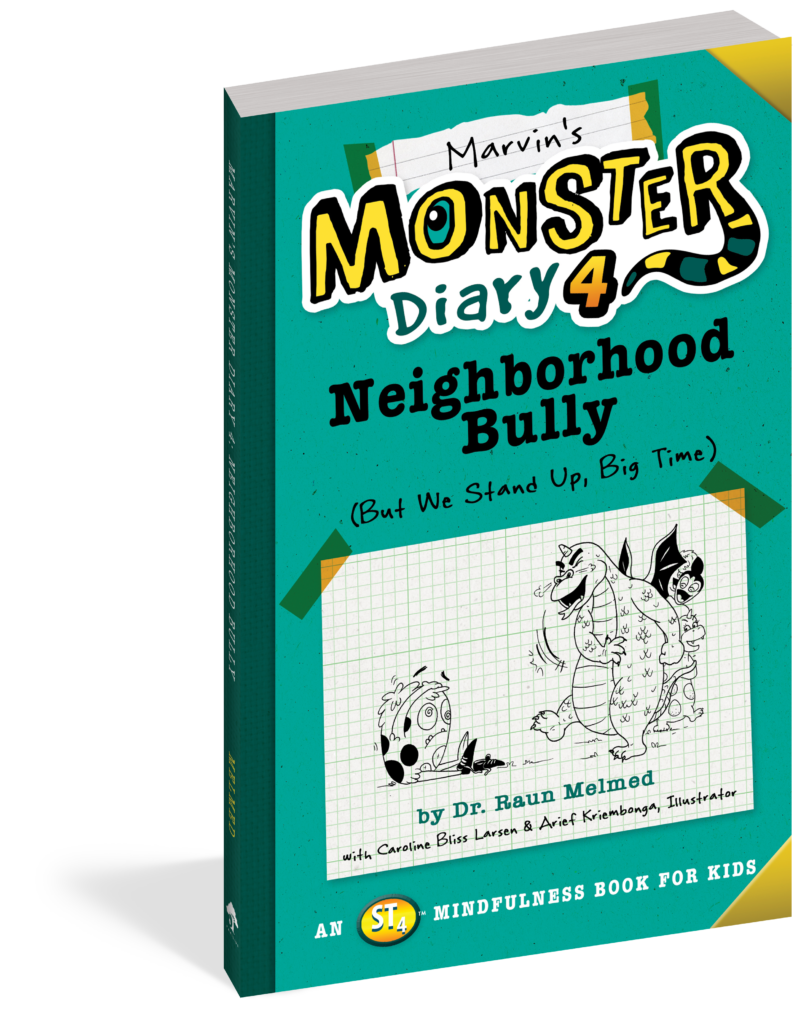
7 Ways for Kids to Respond to Bullies
The golden rule exists for a reason: kids can be mean. Teach your child these seven other strategies to help them respond to bullies.
Kids can be brutally honest, and often at the worst times. This is because kids develop social and emotional skills at different stages, which makes unkind behavior unfortunately common, but is it mean or bullying behavior? And what should your child do if that behavior is directed at them?
If left unchecked, bullying can have a lasting impact on your child’s confidence and well-being. However, these situations often leave parents feeling helpless because the outcome ultimately comes down to how the child responds to bullying.
These seven responses will help your child calmly and safely interact with bullies for a happier, healthier school environment.
Important: No single strategy will work for every child and every situation. By empowering children with a range of strategies, they can develop the skills and confidence needed to effectively respond to bullying situations and advocate for themselves in a positive manner.
1. Communicate Their Boundaries Assertively
Encourage children to calmly and assertively stand up for themselves. This involves making eye contact, using a firm voice, and stating their boundaries clearly without being aggressive. Remember, the point is to put a stop to the bullying, not escalate the situation.
2. Practice Confident Body Language
Along with assertive communication, teach kids to use confident body language, such as standing tall, making direct eye contact, and avoiding slouching or fidgeting, to convey self-assurance.
3. Use Humor
Sometimes, responding to a bully with humor can defuse a tense situation. Encourage kids to respond to taunts or insults with a light-hearted joke or a witty remark, which can disarm the bully and shift the focus away from the conflict. Not only does this de-escalate the situation, but it can also teach your child resilience and self-confidence as they combat the negative thoughts sent their way.
4. Practice Avoidance and Distance
Calmly standing up for themselves should always be the first step. But if that doesn’t work, teach children strategies to avoid and distance themselves from bullies whenever possible. This might involve walking away from the situation, finding a safe group of friends to be with, or changing their route to avoid encounters with the bully.
5. Use the Buddy System
Encourage children to stick together with friends or classmates whenever possible. Bullies are less likely to target individuals who are surrounded by supportive peers.
6. Try Empathy and Understanding
In most cases, bullies aren’t being bullies just to be cruel. It’s highly likely that they are going through something as well. Encourage children to empathize with the feelings and experiences of others, including the bully. Helping children understand that bullies may be acting out due to their own insecurities or personal issues can foster compassion and reduce the desire for retaliation.
7. Practice Deep Breathing and De-escalation Techniques
To further avoid anger and a desire for retaliation, teach children de-escalation techniques such as calmly walking away, using calming breathing exercises, or redirecting the conversation to a neutral topic. This will not only help your child learn to keep their emotions in control, but it will also help calm the situation.
Know When to Get Help
While it’s important for kids to know how to respond to bullies, it’s equally important to make sure children understand when to seek help from adults, especially if the bullying involves physical violence, threats, or persistent harassment. Assure them that seeking help is not a sign of weakness but a proactive step towards resolving the issue. Because sometimes kids really can’t handle it alone.
As parents, we shouldn’t ignore how our children are feeling, no matter how insignificant the matter seems. The most important thing is to intervene immediately and consider how to help your child handle the situation:
Document Incidents
Advise children to keep a record of bullying incidents, including dates, times, locations, and descriptions of what happened. This documentation can be useful when reporting the bullying to school authorities or seeking assistance from other professionals.
Enter Your Child in Peer Support Programs
Schools may offer peer support programs or anti-bullying clubs where children can find solidarity and support from fellow students who have experienced similar challenges.
Practice Self-Care and Confidence Building
Help children build their self-esteem and resilience through activities they enjoy and excel in, such as sports, arts, or academics. When children feel confident and secure in themselves, they are less likely to be affected by the actions of bullies. Additionally, teaching them relaxation techniques and stress management skills can help them cope with the emotional impact of bullying.
Practice Positive Self-Talk
Teach children to challenge negative thoughts and beliefs about themselves that bullies may reinforce. Encourage them to focus on their strengths and positive attributes to build resilience.
Find More Ways to Help Your Child Respond to Bullies

BFF or NRF (Not Really Friends)

Middle School—Safety Goggles Advised

Marvin’s Monster Diary 4: Neighborhood Bully
Shaelyn Topolovec earned a BA in editing and publishing from BYU, worked on several online publications, and joined the Familius family. Shae is currently an editor and copywriter who lives in California’s Central Valley.
